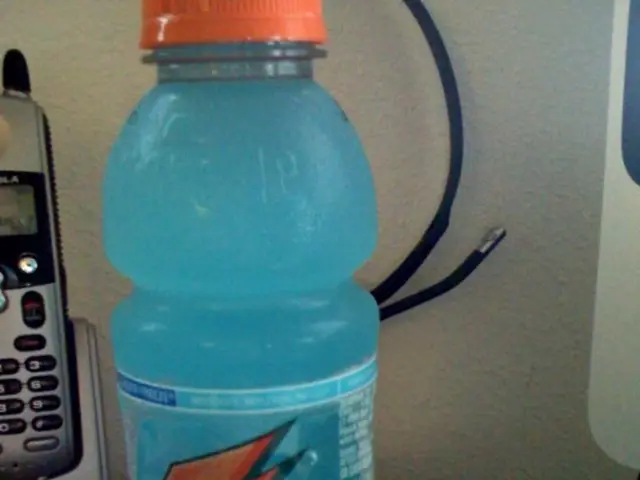Vibrant, younger art enthusiasts revitalizing the artistic landscape of America
In a refreshing shift, a new generation of curators is revolutionising the design gallery sector in America. These visionary individuals are attracting new collecting audiences and inspiring a new era for design, prioritising craft, community engagement, and commerce.
One such gallery is Tiwa, located on the fifth floor of a Tribeca building in New York. Founded by Alex Tieghi-Walker, Tiwa Gallery values history, the natural world, and material exploration. The gallery's unique character is reflected in its ever-evolving nature, with artefacts from previous exhibitions adorning the space. Tiwa Gallery is known for hosting opening night dinners, creating a warm, inviting atmosphere akin to a house party.
Similarly, Marta, a gallery in Los Angeles, has tapped into an 'inevitable community', fostering connections in a centreless, wide, and flaky LA where social circles grow at a slow pace. Marta's openings feel akin to a house party, with hugging, gossiping, kids, dogs, and spontaneous dinners at nearby restaurants.
Landdd, a gallery in Portland, resists simple definition. Founded by Lillian Hardy and Javier Reyes during the pandemic, Landdd offers a rotating display of handwoven rugs, clay lamps, and palm sculptures. Landdd's events calendar has created a steady rhythm of community engagement and creative experimentation, with workshops and events focused on creative learning.
In a similar vein, Dudd Haus, a gallery in downtown Philadelphia, showcases a cabinet made from melted plastic bags and beer cans, a steel and glass table lamp with an iridescent finish, and a puzzle-like bench, among other fascinating objects. Dudd Haus operates as a cooperative, with different tiers of membership and lower sales commissions than typical dealers.
Meanwhile, Blunk Space, a gallery established in 2021 in Point Reyes Station, is a continuation of JB Blunk's home and studio, which bears the imprint of his mind tuned to that material. Blunk Space is a gallery, studio space, and at-times residency, and exhibitions are often not 'solo' experiences, but 'and' experiences, with multiple artists collaborating.
These socially minded galleries are not just about commerce. They are about community building, with a feeling akin to hospitality rather than a traditional transactional relationship between client and gallerist. This approach is exemplified by RedLine Contemporary Art Center in Denver, Colorado, a non-profit that supports emerging artists and provides creative opportunities for local residents. They operate a community-responsive model that co-creates solutions alongside artists and community members.
RiffRaff Arts Collective in Princeton, West Virginia, is another shining example of this new approach. They invest in youth education through a music school and provide mentorship and performance opportunities. Their *Create Your State* program shares a toolkit for creative placemaking with other communities, while they also steward the Lonnie Gunter Jr. Center for Industrial History museum to celebrate local heritage.
This new approach to design galleries encourages a richer possibility for storytelling through programming. Design curator and consultant Sonya Tamaddon, enlisted by Collectible, the dynamic young Belgian fair for contemporary collectible design, to helm the Curated section of emerging designers, explains that historically, design galleries tended to show the work of established names with a guaranteed market. However, the new generation of curators is driven by a passion for design and a belief in its narrative value, not just its commercial worth or investment potential.
Tamaddon notes that there are a lot of collectors in the US with a great deal of imagination when it comes to contemporary design. Markos, the founder of Superhouse, is bringing renewed attention to key figures in the history of American art furniture, many of whom exhibited with the gallery Art et Industrie.
In Europe, the depth of history means that people inherit furniture, and antiques carry a certain weight. In the US, the legacy of heirlooms is not part of the consciousness to anything like the same extent as it is in other cultures. This liberates the new generation of curators from the trappings of the art market and unencumbered by the dusty reverence towards antiques.
This shift is underway in America's design gallery sector, driven by socially minded, enterprising young curators. These curators value craft and community engagement as much as commerce, creating a blossoming US collectible design market that prioritises accessibility, community collaboration, and social impact.
- The Tiwa Gallery, nestled on the fifth floor of a Tribeca building in New York, emphasizes not only art but also lifestyle, as it values history, the natural world, and material exploration, reflecting this in its ever-changing décor that includes fashion-and-beauty elements from previous exhibitions.
- Similarly, Marta Gallery in Los Angeles, with its open, welcoming atmosphere, fosters connections within its community, mirroring relationships, and creates gatherings that resemble house parties, complete with pets for companionship, food-and-drink, and the comfort of conversing in a garden-like setting.
- In Portland, Landdd Gallery, established during the pandemic, displays home-and-garden items such as handwoven rugs, clay lamps, and palm sculptures, often hosting workshops and creative learning events to engage its community.
- Dudd Haus, a cooperative gallery in downtown Philadelphia, specializes in cars, showcasing unique and fascinating objects like a cabinet made from melted plastic bags and beer cans, as it demonstrates a commitment to community building through lower sales commissions and diverse collaborations.




